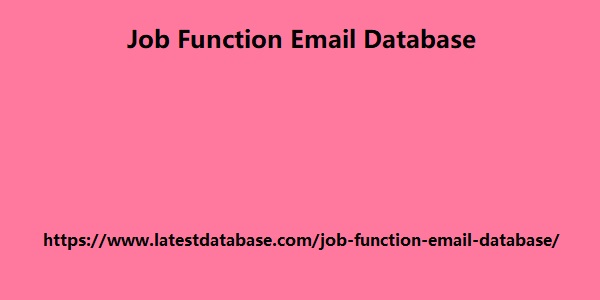Post by account_disabled on Feb 20, 2024 0:46:16 GMT -5
The US economy faces new dangers as a federal government shutdown approaches, strikes continue in the US Midwest and rising energy costs, along with the expiration of pandemic-era fiscal support , affects household budgets. The combination threatens to undermine consumers and businesses just as their resilience shows signs of cracking under the weight of higher interest rates, making a sharp slowdown in growth likely later this year, economists say. “There is a real possibility that the economy will be much weaker in the fourth quarter than in the third,” said Ian Shepherdson, chief economist at Pantheon Macroeconomics. The "multitude of hits" would occur "in the context of the delayed effects of the Federal Reserve's rate hikes," he added. An unexpected obstacle is the growing strike by auto workers in the Midwest against the three major domestic automakers.
The labor action shows few signs of resolution. Another danger comes from Washington, where a government shutdown (likely this weekend) would put hundreds of thousands of federal workers on furlough, while delaying the collection and release of data the Federal Reserve needs to evaluate the health of the economy fully. . In early Job Function Email Database October, this would be followed by the expiration of coronavirus pandemic-era relief for student loan payments and child care subsidies for providers, another blow to financially vulnerable households and to child spending. some consumers. The combination could reduce annualized GDP growth to 1.3 percent in the fourth quarter, compared with 3.1 percent in the third quarter, economists at Goldman Sachs believe. The government shutdown alone could shave up to 0.2 percentage points off annualized quarterly growth for each week it lasts, Goldman says, while the impact of strikes could be 0.1 percentage points per week. The resumption of student loan payments is expected to take a percentage point hit.

The more pessimistic mood from economists comes despite the Federal Reserve's more recent optimism about its prospects for the U.S. economy. Analysts have also pointed to the recent rise in oil prices, which are again approaching $100 a barrel after Russia and Saudi Arabia agreed to continue restricting supply. "At a time when incomes are being squeezed again by higher fuel costs, continued increases in borrowing costs and the resurgence of student loans, I am concerned that we will see a rapid slowdown in consumer spending in the fourth quarter, said James Knightley, chief international economist. in ING. Unless there is a quick solution to the car strikes and government shutdown, fourth-quarter GDP growth could “easily” turn negative, he warned. Despite the prospect of such shocks, most economists still think the United States can avoid a recession, largely because the labor market has held up much better than expected even though interest rates are at their lowest.
The labor action shows few signs of resolution. Another danger comes from Washington, where a government shutdown (likely this weekend) would put hundreds of thousands of federal workers on furlough, while delaying the collection and release of data the Federal Reserve needs to evaluate the health of the economy fully. . In early Job Function Email Database October, this would be followed by the expiration of coronavirus pandemic-era relief for student loan payments and child care subsidies for providers, another blow to financially vulnerable households and to child spending. some consumers. The combination could reduce annualized GDP growth to 1.3 percent in the fourth quarter, compared with 3.1 percent in the third quarter, economists at Goldman Sachs believe. The government shutdown alone could shave up to 0.2 percentage points off annualized quarterly growth for each week it lasts, Goldman says, while the impact of strikes could be 0.1 percentage points per week. The resumption of student loan payments is expected to take a percentage point hit.

The more pessimistic mood from economists comes despite the Federal Reserve's more recent optimism about its prospects for the U.S. economy. Analysts have also pointed to the recent rise in oil prices, which are again approaching $100 a barrel after Russia and Saudi Arabia agreed to continue restricting supply. "At a time when incomes are being squeezed again by higher fuel costs, continued increases in borrowing costs and the resurgence of student loans, I am concerned that we will see a rapid slowdown in consumer spending in the fourth quarter, said James Knightley, chief international economist. in ING. Unless there is a quick solution to the car strikes and government shutdown, fourth-quarter GDP growth could “easily” turn negative, he warned. Despite the prospect of such shocks, most economists still think the United States can avoid a recession, largely because the labor market has held up much better than expected even though interest rates are at their lowest.
